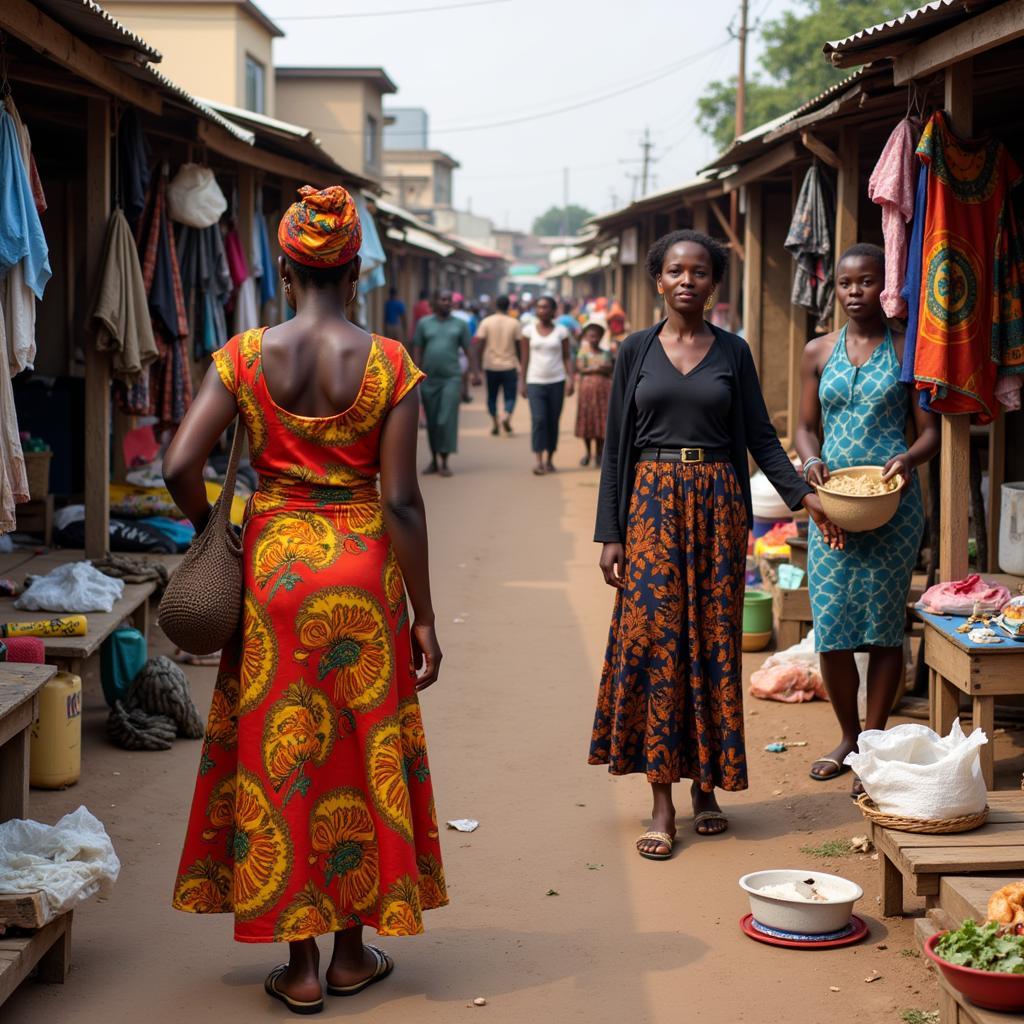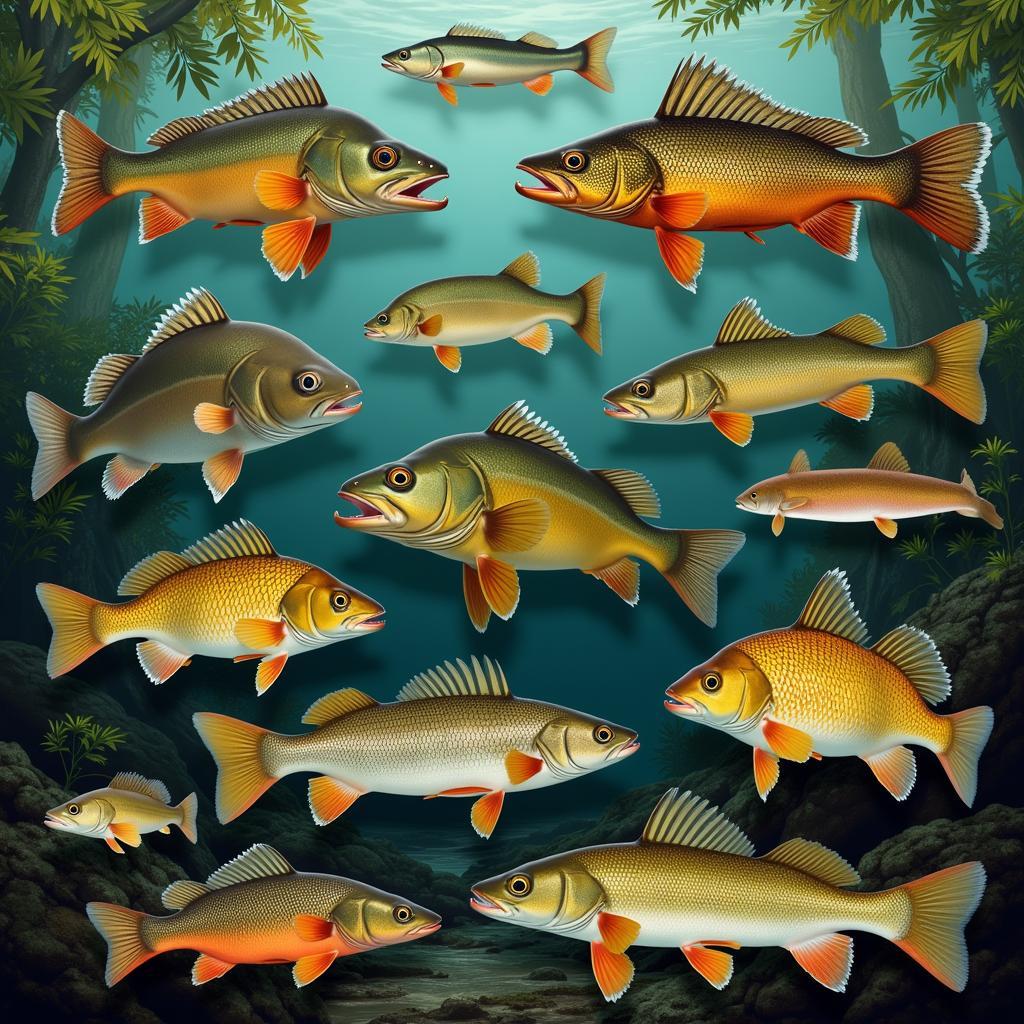African Jungle Meerkats in Herds: A Guide to These Fascinating Creatures
African jungle meerkats, more accurately known as meerkats, are captivating creatures that have charmed their way into the hearts of many. While the term “African jungle meerkats” is often used, it’s important to note that meerkats don’t actually live in jungles. Their preferred habitat is the open plains and grasslands of Southern Africa, where they thrive in complex social groups called “mobs” or “gangs”. These mobs can consist of anywhere from 2 to 50 individuals, with an average size of around 20 meerkats.
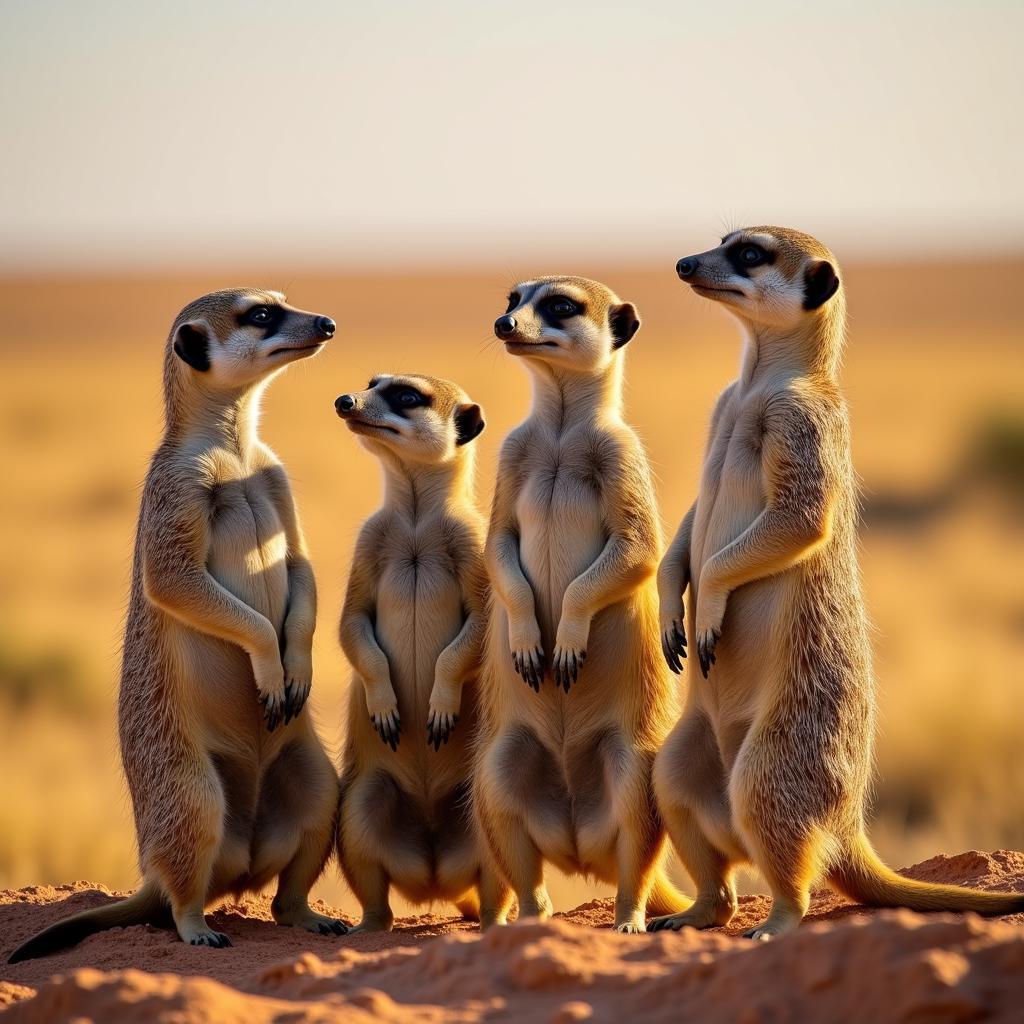 Meerkats standing guard on the African plains
Meerkats standing guard on the African plains
Life in a Meerkat Mob: A Cooperative Society
Meerkats are highly social animals, living in tightly knit groups governed by a strict hierarchy. At the top of this hierarchy is the dominant breeding pair, responsible for producing the majority of the pups. Each member of the mob has specific roles and responsibilities that contribute to the survival of the group.
One of the most iconic meerkat behaviors is their “sentry duty.” Individuals will take turns standing upright on their hind legs, scanning the surroundings for potential threats. This vigilance allows the rest of the mob to forage for food without the constant worry of predators.
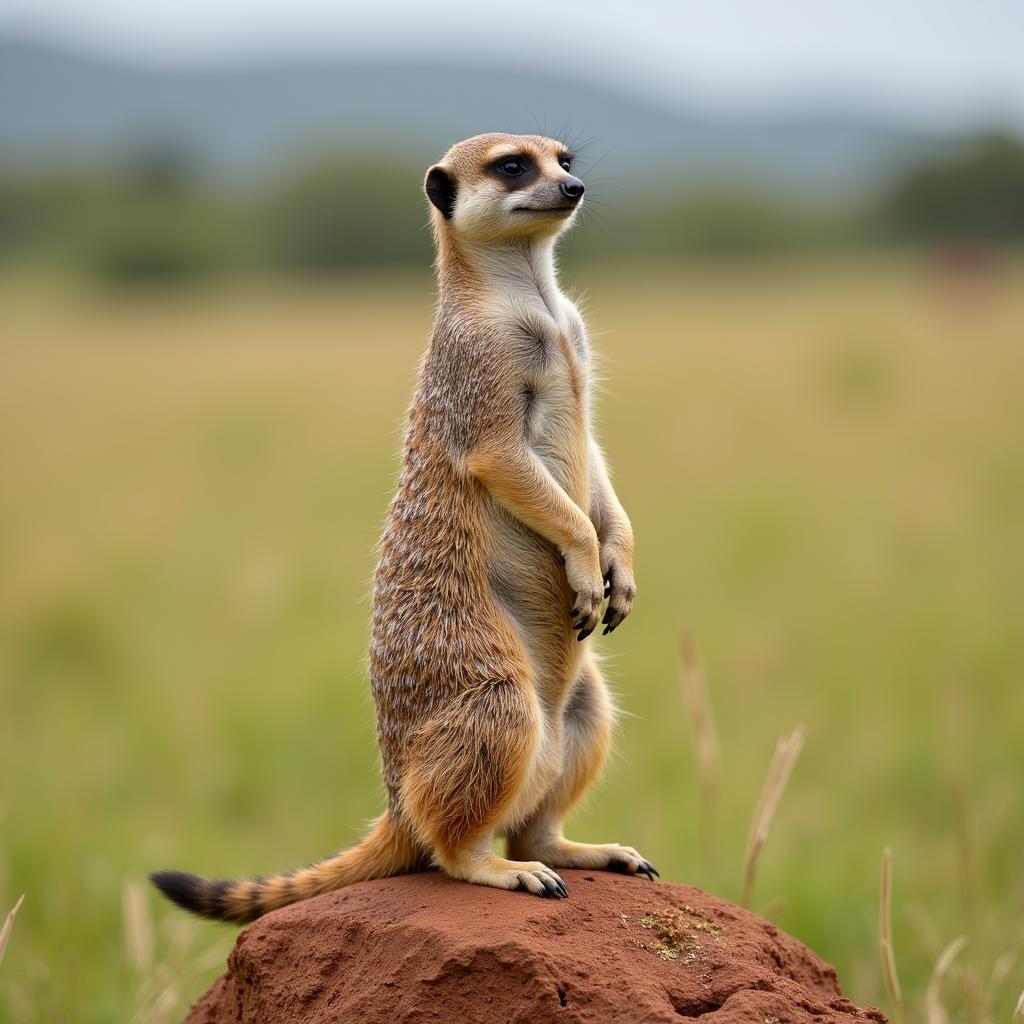 Meerkat sentry keeping watch from a termite mound
Meerkat sentry keeping watch from a termite mound
Diet and Predators: A Constant Struggle for Survival
Meerkats are primarily insectivores, their diet consisting mainly of insects, spiders, and other small creatures. Their sharp claws are perfectly adapted for digging, allowing them to unearth tasty treats from the ground.
Life on the African plains is fraught with danger, and meerkats face threats from a variety of predators. Birds of prey, snakes, and larger carnivores all pose a risk to these small mammals. However, their cooperative social structure and remarkable vigilance help them to mitigate these risks and ensure the survival of their mob.
Communication and Social Bonds: A Complex System
Meerkats are highly vocal animals, communicating with each other through a variety of chirps, whistles, and calls. Each vocalization has a specific meaning, conveying information about food sources, potential dangers, or social interactions within the mob.
Grooming plays a significant role in maintaining social bonds within the meerkat mob. It’s not just about hygiene; it also serves as a way to strengthen relationships and reinforce the social hierarchy.
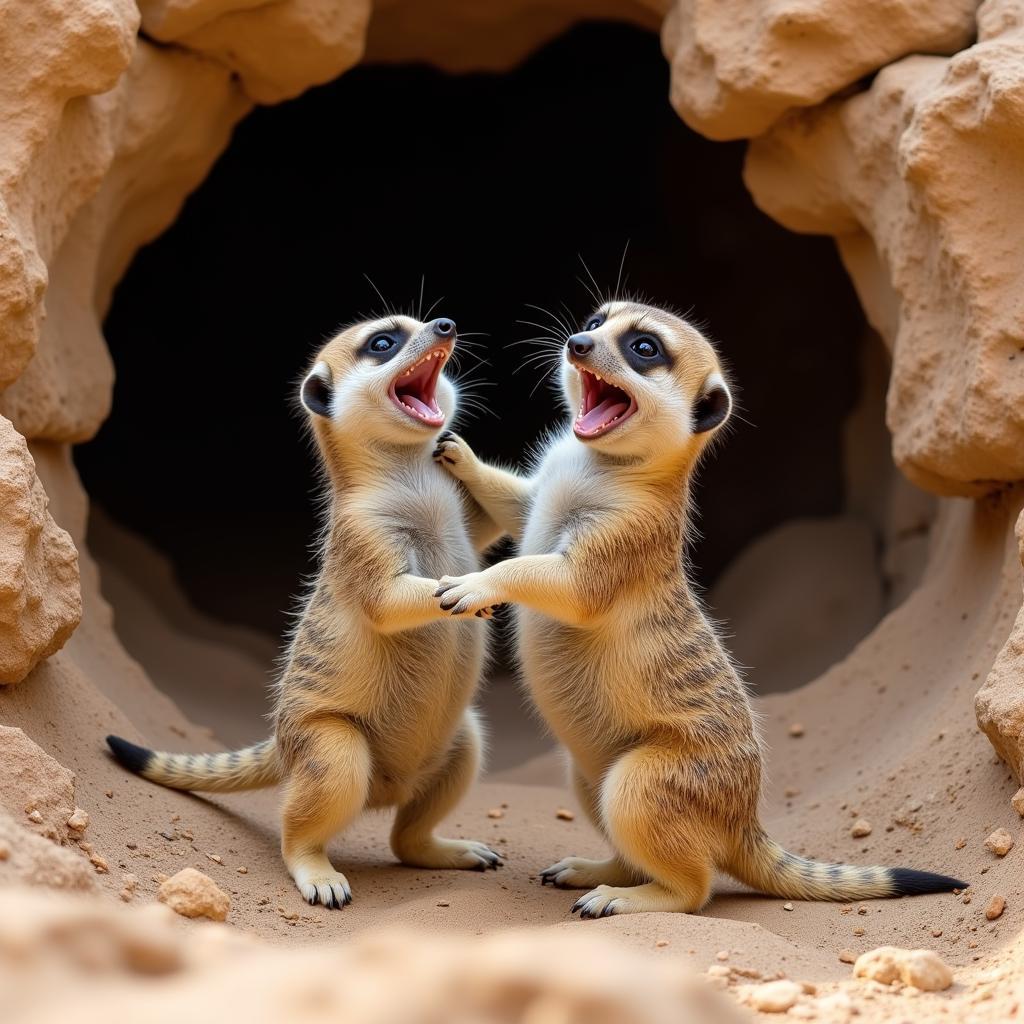 Playful meerkat pups near their burrow
Playful meerkat pups near their burrow
Conclusion: Appreciating the Marvel of Meerkats
African jungle meerkats, while not technically living in jungles, offer a fascinating glimpse into the complex social structures and survival strategies of the animal kingdom. From their cooperative foraging and sentry duty to their intricate communication and social bonds, meerkats continue to intrigue and delight observers worldwide. Their ability to thrive in the harsh conditions of the African plains is a testament to their adaptability, resilience, and unwavering commitment to their mob.
Remember, if you ever get the chance to observe these amazing creatures in their natural habitat, do so respectfully and from a safe distance. Let’s appreciate and protect these fascinating creatures for generations to come.
